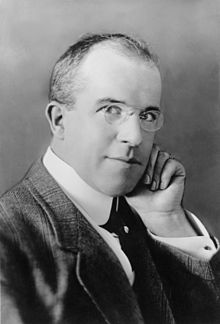A "Cel" which is short for celluloid is a type of animation style that uses transparent sheets for a typically traditional style animation. The characters are drawn on one of the cel sheets and then others are used to copy the previously drawn animation with slightly different details ( too give the effect of animation of course) The outline of the images are drawn on the front of the cel while colours are painted on black to eliminate brushstrokes. They were normally hand-inked but were "Xerographed" on instead by the 1960's. Although it was highly flammable this type of Animation was still used by Disney up until 1990 when the introduction of computer animation emerged.
The credited inventor of this style of animation was a man named Earl Hurd an American animator and film director. The year this technique was believed too have been invented was 1914 which was the same year that the idea was patented.
Here is a Animation created using the technique of Cel Animation.
Here is a video of the history of Cel Animation.
Advantages: Enjoyable and maybe satisfying on completion, has a unique style of traditional animation, was innovative at the time.
Disadvantages: Highly flammable, time consuming, lots of correcting small mistakes, costly.

